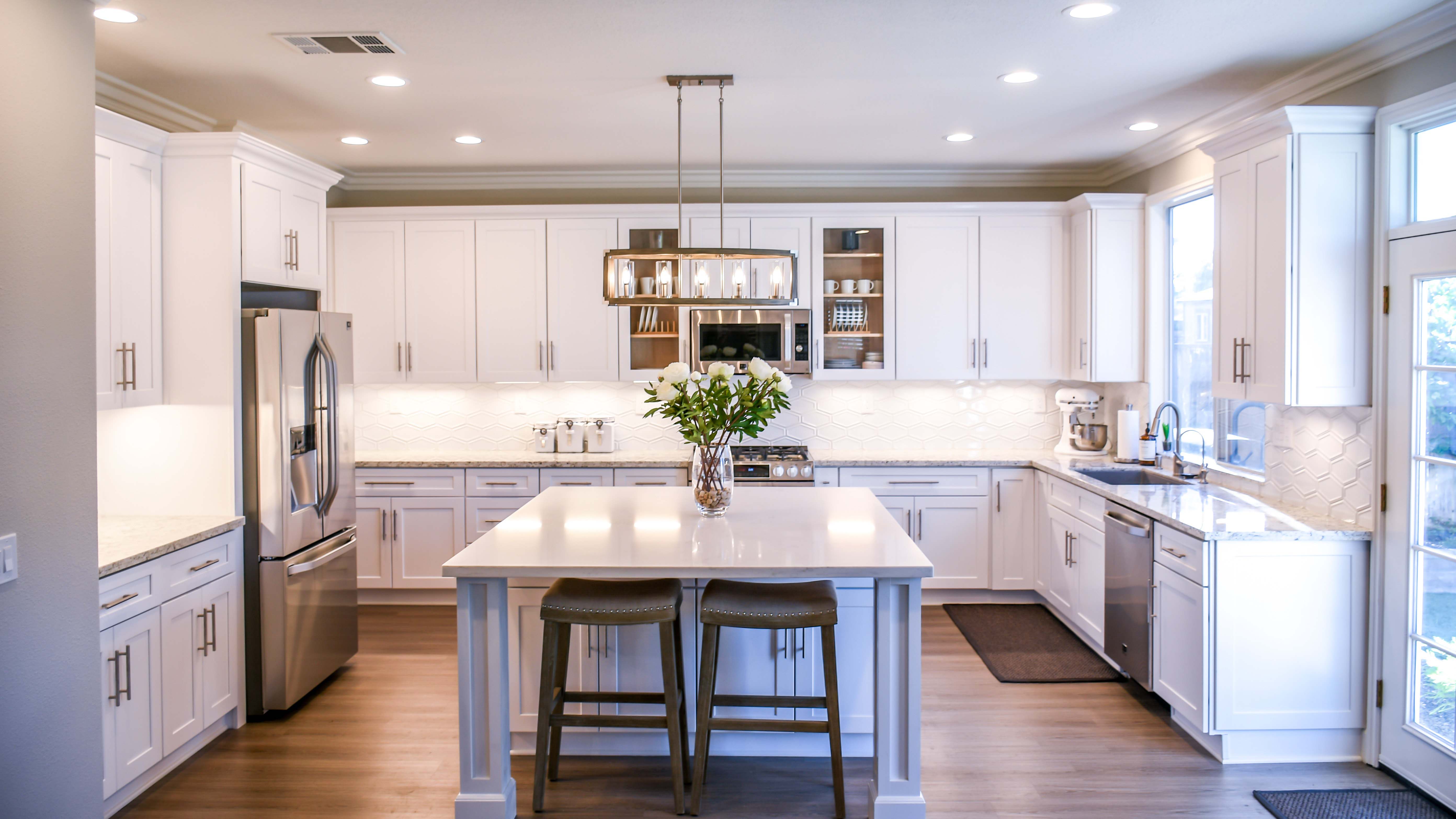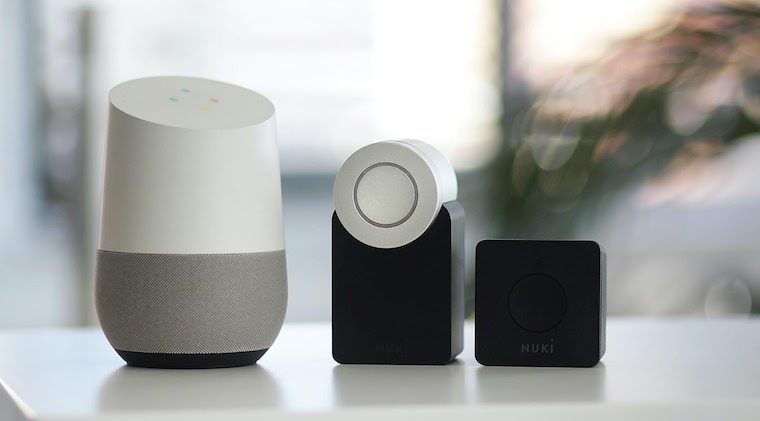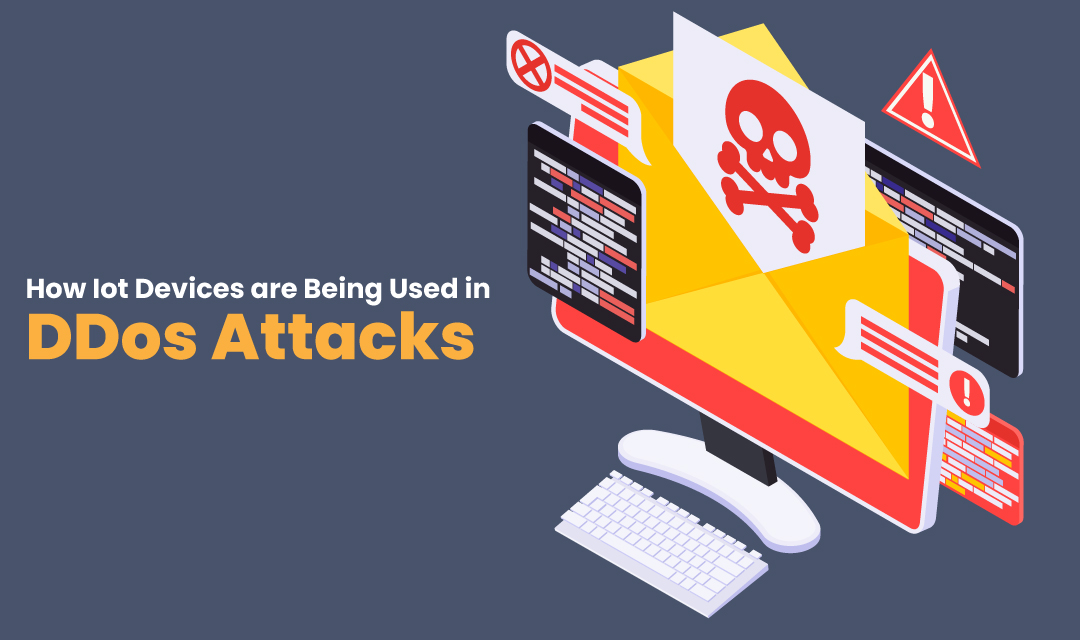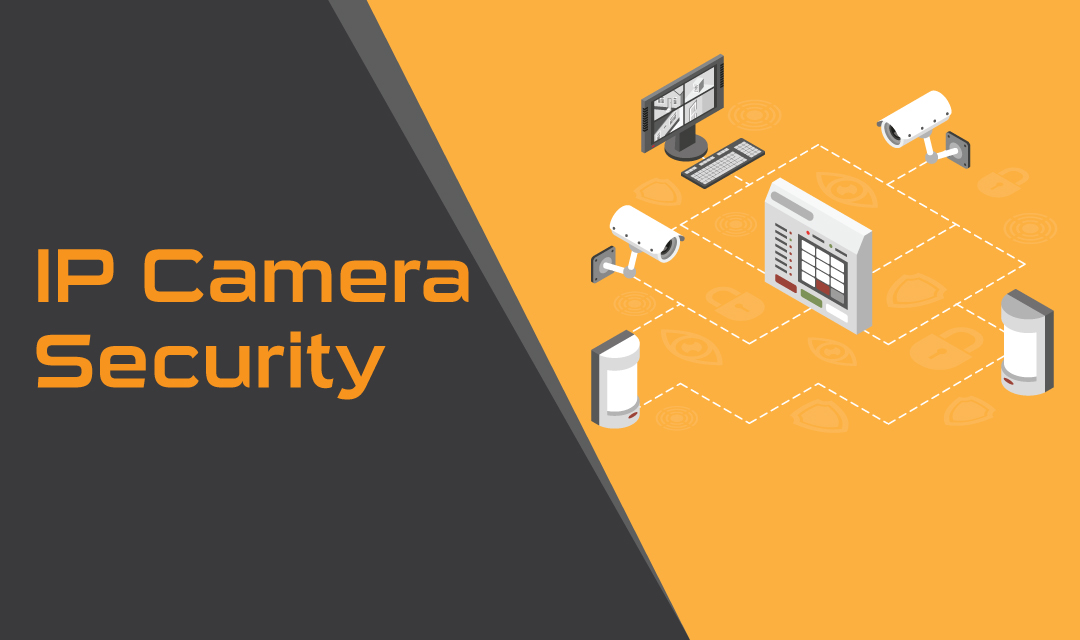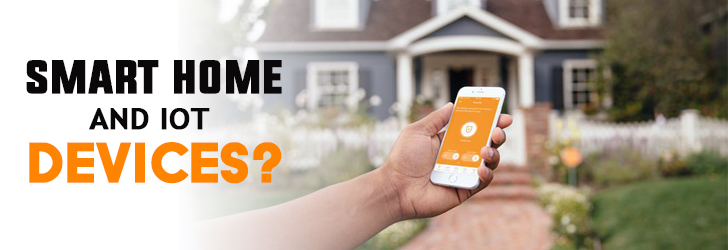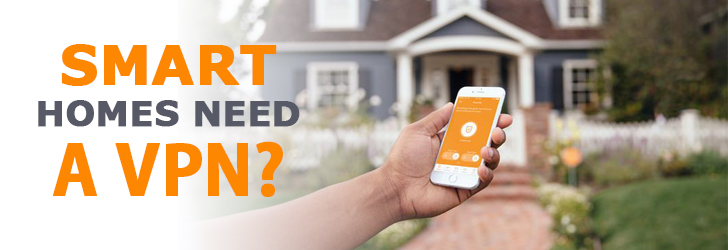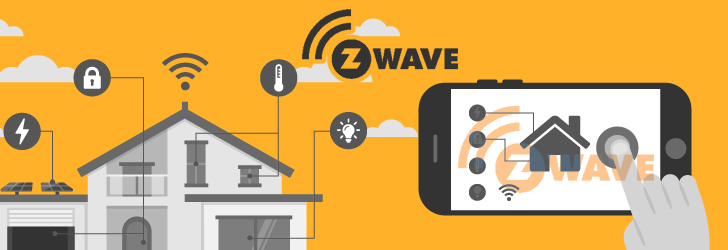
The demand for smart homes is surging, as homeowners continue to seek innovative ways to monitor their properties. According to statistics on ComfyLiving.net, there are about 175 million smart homes worldwide and 86% of millennials will spend more on connected homes. There are several factors driving the adoption of smart homes, such as advanced technologies, affordable costs, increased control over energy use, and home a

